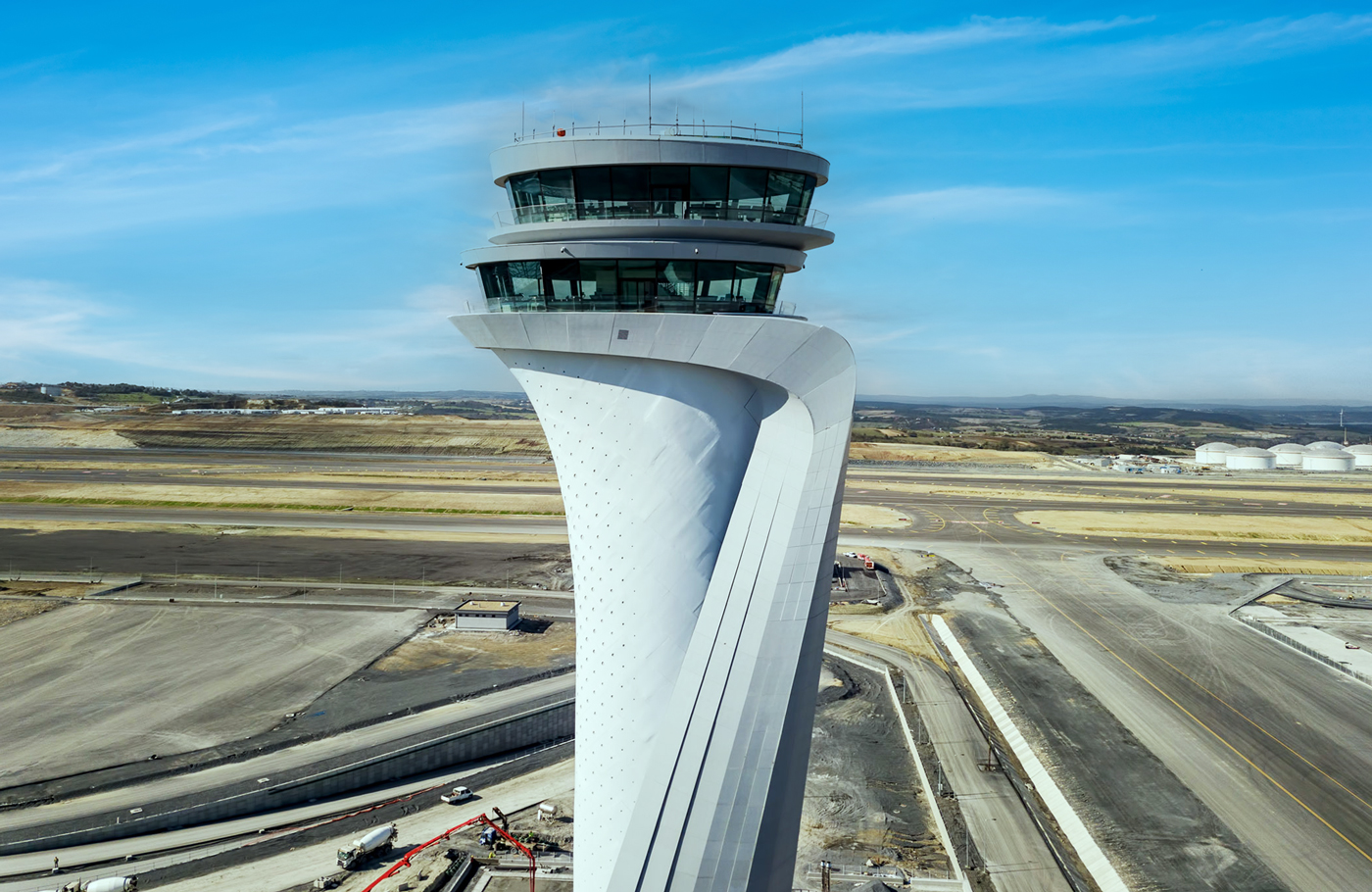How Public Private Partnerships can shape airport growth
How Public Private Partnerships can shape airport growth
Airports are no longer just transit hubs; they’re evolving into economic powerhouses. PROF K.J. MALULEKE explores how Public Private Partnerships (PPPs) can reshape airport infrastructure by balancing state control with private investment to improve efficiency, sustainability, and commercial viability – all while maintaining essential public safety standards.
Airports around the world are an indispensable element of the air transport system. Without them, air transport operations would hardly provide physical connectivity and integration on a national, regional, and international scale. Due to their critical importance, governments must ensure thorough planning before designing, developing, and operating airports. Most importantly, airports must be regulated according to national and international laws.
This discussion of air transport operations focuses specifically on the strategic development of the air transport infrastructure (airports) through a PPP approach. So, why do airports require special attention in terms of planning, development, operations, maintenance, and regulations?
What is an airport?
A complex transport infrastructure with a demarcated aeronautical side, an airport is the area where aircraft take off and land and usually has one or several runways. Added to the aeronautical side are one or more terminal buildings – the non-aeronautical side – for processing passengers. Most importantly, the control tower serves as a regulatory element guiding the movement of aircraft.
Central to their social role, airports provide a central melting pot for nations to meet under a common proverbial roof. Historically, airports were simply viewed as essential transport interchange facilities connecting air- and land-based modes of transport. They were entirely government-owned and, as such, were viewed as public utilities or exclusive providers of public goods and services.
Global trends in public budget constraints, however, necessitated consideration of the more efficient and effective utilisation of material resources. Partnering with the private sector was thus identified as a viable option, triggering a new school of thought that viewed the traditional monolithic model as unsustainable. Private sector participation was seen as the ideal model to instil resilience in the air transport infrastructure industry.
Why are PPPs essential in airport development?
It must be emphasised that the provision of public goods or services is the responsibility of the public sector. It is therefore logical that an airport, as air transport infrastructure on which a public service must be rendered, be provided and controlled by the public sector. This is part of the reason why the Airport Company of South Africa (ACSA) provides the infrastructure for airlines to render their services. The South African Civil Aviation Authority (SACAA) regulates the two entities to ensure that there is full compliance with safety regulations.
With all these responsibilities to ensure that this essential transport infrastructure is delivered according to international standards, significant annual investment is required to ensure the strategic development of an airport. The public sector alone would not be able to provide a technologically compliant transport infrastructure without the involvement of the private sector; it has been demonstrated globally that private sector involvement in airport development forms an essential part of successful sustainable service delivery.
The role and business of airports
Contemporary airports are profitable business hubs that support airlines, service providers, and commercial franchises. Airports are, therefore, key economic instruments that serve as catalysts for sustainable development. They have the potential to stimulate economic growth, creating employment and entrepreneurial opportunities, and thus reducing poverty. To deliver the necessary services, airports must fit into local, national, and regional planning contexts, and the economic developmental context remains the overarching role of contemporary global airport infrastructure.
A successful PPP must offer a viable business opportunity, making these issues crucial in its development. When considering the PPP arrangements and scope, a good understanding of the airport’s commercial potential will optimise the allocation of this potential. From the investor’s point of view, the intrinsic value of a PPP depends on its ability to increase revenue and reduce costs, driven by traffic throughput and per-unit income.
Airport classifications
There are three classifications for services rendered in airports: essential operational services, handling services, and commercial services, as shown in the table opposite.
AERONAUTICAL / AIRSIDE SERVICES | NON-AERONAUTICAL SERVICES | |
OPERATIONAL | HANDLING | COMMERCIAL |
Air traffic control | Aircraft cleaning | Duty free shops |
Meteorological services | Provision of power & fuel | Other retail shopping |
Telecommunication | Luggage & freight loading | Restaurants & bars |
Police & security | Processing of passengers | Leisure services |
Fire, ambulance & first aid services | Hotel accommodation | |
Runway, apron & taxiway maintenance | Banks | |
Source: Adapted from Estache & de Rus (2000)
Aeronautical section of an airport (air side)
The aeronautical or air side of an airport provides the infrastructure for aircraft landing, parking, and boarding. The critical activities that require the exclusive involvement of the public sector in this regard are the ‘’operation’’ and ‘’handling’’ services. In terms of air space operational services, Air Traffic & Navigation Services (ATNS) is exclusively responsible. The South African Weather Service (SAWS), under the Department of Environmental Affairs, provides guidance regarding weather conditions.

The aeronautical section generates revenue from the fees and charges for usage of this area. Additional sources of revenue that can be derived from the aeronautical section of an airport include runway lighting fees and specific charges for operating during peak times, while many airports around the world introduced the so-called “security charge” after the 9/11 attacks in the US.
Air traffic control system
As public transport facilities that deliver critical mandatory services, airports are regulated for safety and security. Essential services provided air side include air traffic control; meteorological services; telecommunication; police and security; and fire, ambulance, and first aid services. The air traffic control tower is operated by ATNS; when considering engaging the private sector in airport management, air traffic control has historically remained under government control, due to fears that commercial pressures could compromise safety standards. However, it should be noted that this trend is gradually changing. New Zealand, for example, has corporatised air traffic control and is managed by a limited liability company (LLC).
Non-aeronautical or land side area
The non-aeronautical area (land side), on the other hand, focuses on providing commercial services to airlines. The airport may operate these activities directly or charge service providers for the right to operate such services, which range from ramp handling services and in-flight catering to aircraft fuelling. Commercial services such as these may rightly be awarded to the private sector party through management or service contract agreements.
When it comes to passenger processing, the airline companies ensure that activities are efficiently performed. With modern technology, passengers can now book flights remotely and easily access the aeronautical side of airports.

Commercial Services
Commercial services involve a large variety of different activities that may either be located at the terminal building or around the airport. At the centre of the airport, activities such as duty-free shops, other retail shopping, and restaurants are fully operated by private sector parties.

When an airport is established or rehabilitated, the owner of the infrastructure has to be determined. The Spatial Planning and Land Use Management Act (SPLUMA) is used here to provide broad principles to regulate planning. For example, if a municipality expropriates a parcel of land near the airport, it can be developed into a vehicle parking area and thus generate revenue for that particular municipality.
Leisure services
Leisure services can be a centre of attraction for foreign direct investors, particularly in the form of hotel developments in the vicinity of an airport. A typical hotel situated near an airport would potentially attract business and other tourists to enhance the economy.

Airport PPP Consideration
In terms of airport PPP consideration, the aeronautical side of the airport should be exclusively managed by the public sector. An air traffic control tower, meteorological services, and telecommunication should all be operated by appropriate state-owned entities to ensure that a country’s safety and security is effectively monitored at the airports.
Activities that could be assigned to the private sector party in a PPP arrangement include the handling of luggage, aircraft cleaning, and the provision of fuel. These activities can be effectively managed through the issuance of management contracts that form schedules of the airport’s main concession contract. Although these activities can be operated by the private sector party, the public sector is fully responsible for maintaining safety and security. As noted, however, an airport has the potential to generate significant revenue from the land side or so-called “commercial section”. This is the area where the private sector party can invest through the establishment of retailers such as duty-free shops, restaurants, leisure services, hotel accommodation, and banks.
Published by
John Maluleke
focusmagsa




